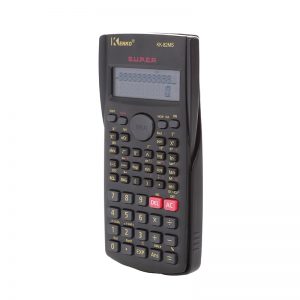The development of electronic-mechanical computers also occupies a very important link in the development of digital computing. Due to the invention of punched cards, electronic-mechanical electrical appliances, and sequential machine theory, the Aiken machine electrical calculator was successfully designed in 1944.
However, the important development of digital computing was still after the Second World War, with the development of electronic computers. At that time, the working principle and manufacturing technology of vacuum tubes and logic circuits such as flip-flops were already known to people. Ear algebra is also accepted by people. Electronic digital integrator and automatic calculator, referred to as ENIAC for short, the first computer was born in 1947. But compared with today’s computers, ENIAC uses decimal arithmetic, which can be said to be just a calculator that can be programmed.
It was not until 1948 that Baoding, Breeden, and Shockley invented transistor technology that digital computers made major improvements. Thanks to the invention of the transistor, the volume and power consumption of electronic parts have been reduced to more than ten places, and the reliability has been greatly improved. But ten years later, the first all-transistor computer was launched on the market.
The most recent advancement in digital computing is the invention of large-volume circuits. This technology can be used to make calculators and computers. Due to the LSI technology, the silicon crystal square equivalent to one-twentieth of the area of a stamp can be equipped with the following electronic functions to receive, transmit and store data input from the keyboard, perform various arithmetic operations and store the results, and drive the display .














